Thermo Fisher Scientific Instrument Solutions Chosen by Japan's National Police Agency for Toxicology and Forensics
27th May 2009
Source:
Thermo Fisher Scientific
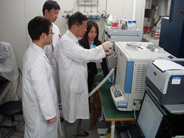
Thermo Fisher Scientific Inc. recently announced that Japan's National Police Agency has purchased 51 Thermo Scientific LXQ linear ion trap mass spectrometers and 27 Thermo Scientific Nicolet 6700 FT-IR spectrometers with Continu?m microscopes. The NPA will use the LXQ LC/MS/MS system for toxicology screening in each of its 47 prefecture offices and will use the Nicolet 6700 FT-IR system for forensics in nearly half of those offices.
Teamwork was a key component in the success of implementing a solution across Japan, said Murray Wigmore, managing director of Thermo Fisher Scientific's Scientific Instruments Division in Japan. The high technology we provided and robust products offered make our solution a winning combination for the NPA. We were able to specify, manufacture and install these products in a timely manner due to our understanding of the Japanese local market needs.
Prior to purchasing the LXQ system, the NPA used single quadruple LCMS for analyzing drugs and toxic substances. The LXQ's ion trap technology provides high sensitivity and specificity, which enables it to analyze hundreds of analytes in blood and urine samples, significantly more than other screening methods. The NPA noted that one of the reasons it chose the LXQ was the time and labor it saved with the total solution offered by Thermo Fisher Scientific, including the company's ToxID software. The software performs automatic data analysis and reporting, eliminating the need for manual data interpretation and increasing confidence in compound identification.
The NPA saw a similar opportunity to improve both the quality of its forensic analysis, as well as to optimize cost-per-analysis and lab productivity with the Nicolet 6700 FT-IR spectrometer and Continu?m microscope. This system combines visual microscopic analysis with valuable and discriminating infrared chemical information, ensuring sensitive, accurate interpretation, while preserving the sample. For instance, one reason the NPA cited for purchasing the Nicolet 6700 FT-IR was its ability to analyze paint chips, a key piece of identification evidence in a hit-and-run crime. Normally, identifying auto paint requires dissolution and chemical extraction, but FT-IR microscopy provides quick chemical identification of each paint layer without degrading the sample.
Prior to purchasing the LXQ system, the NPA used single quadruple LCMS for analyzing drugs and toxic substances. The LXQ's ion trap technology provides high sensitivity and specificity, which enables it to analyze hundreds of analytes in blood and urine samples, significantly more than other screening methods. The NPA noted that one of the reasons it chose the LXQ was the time and labor it saved with the total solution offered by Thermo Fisher Scientific, including the company's ToxID software. The software performs automatic data analysis and reporting, eliminating the need for manual data interpretation and increasing confidence in compound identification.
The NPA saw a similar opportunity to improve both the quality of its forensic analysis, as well as to optimize cost-per-analysis and lab productivity with the Nicolet 6700 FT-IR spectrometer and Continu?m microscope. This system combines visual microscopic analysis with valuable and discriminating infrared chemical information, ensuring sensitive, accurate interpretation, while preserving the sample. For instance, one reason the NPA cited for purchasing the Nicolet 6700 FT-IR was its ability to analyze paint chips, a key piece of identification evidence in a hit-and-run crime. Normally, identifying auto paint requires dissolution and chemical extraction, but FT-IR microscopy provides quick chemical identification of each paint layer without degrading the sample.
Similar articles
More from Thermo Fisher Scientific
- Thermo Fisher Scientific Launches New Total Nitrogen and Sulfur Analyzer for Precise and Accurate Analysis of Petroleum Products Using a Single Introduction Module 19th October 2011
- Thermo Fisher Scientific Presents Innovative Instrumentation at GIFA 2011 for Metal Measurement and Analysis 21st June 2011
- New Thermo Scientific K-Alpha Enables Faster Analysis and Improved Chemical Detection for Chemical Surface Characterization 18th October 2010
- Thermo Fisher Scientific's Nicolet iS5 Spectrometer Provides Performance, Price and Fit for Entry-Level FT-IR 7th September 2010


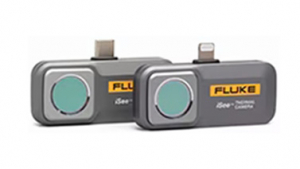
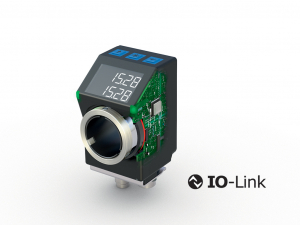
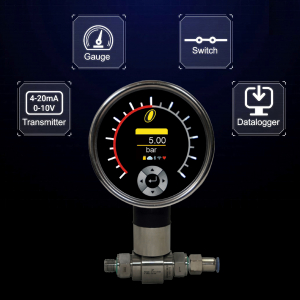
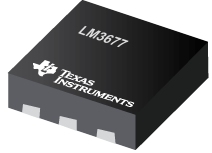

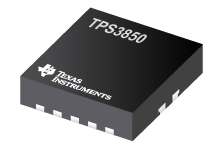
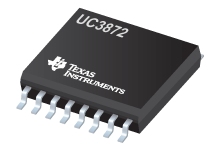
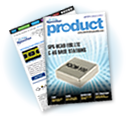
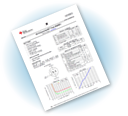

Write a comment
No comments